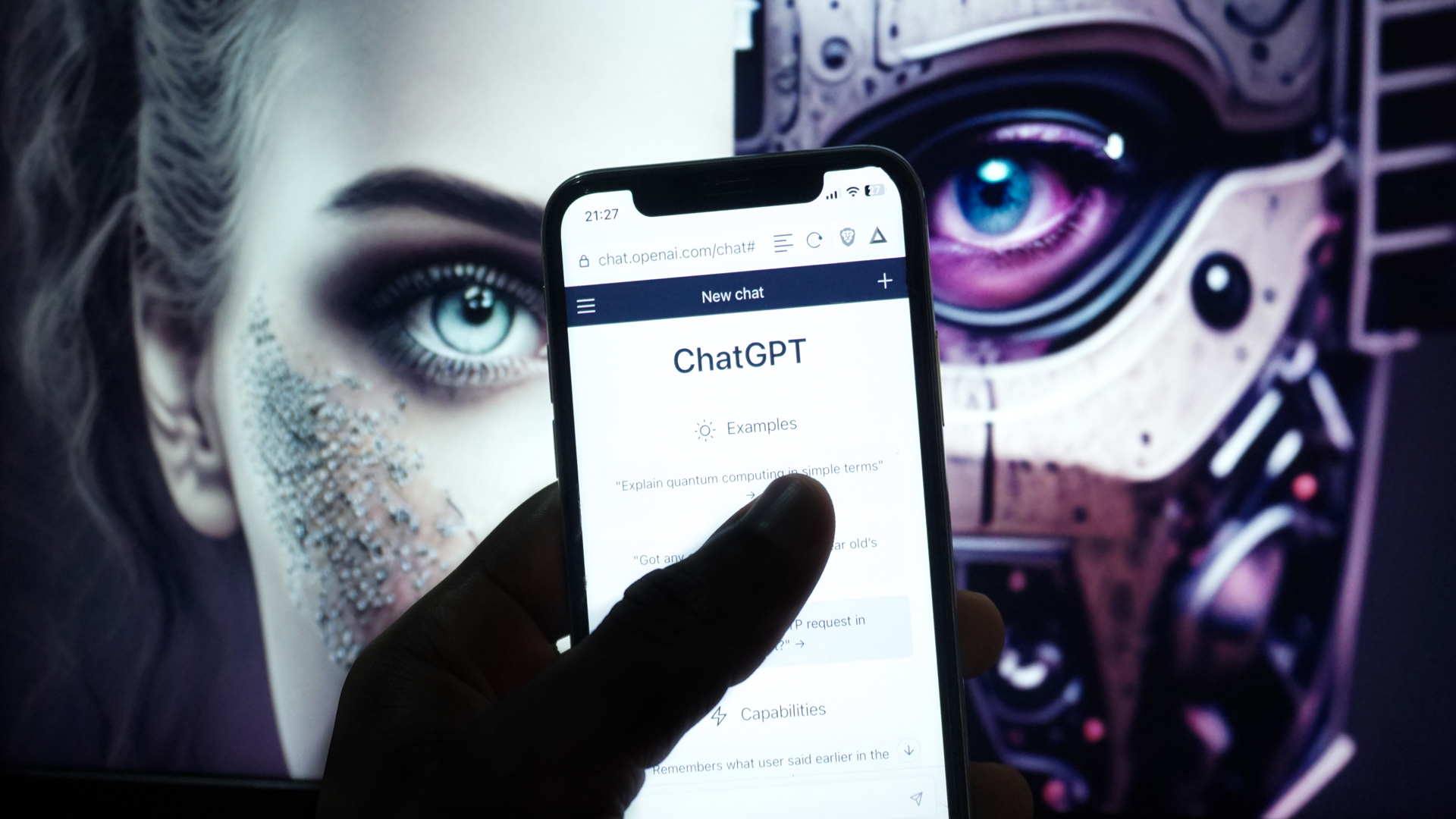If you’ve ever had ChatGPT recall your dog’s name or your favorite color, only to forget it in the next conversation, you’re not alone. This phenomenon is due to the evolving nature of AI memory systems. In this article, we’ll delve into how ChatGPT’s memory works, why it sometimes forgets, and how you can manage it effectively.
🧩 Understanding ChatGPT’s Memory
ChatGPT’s “memory” isn’t memory in the human sense but a system designed to retain relevant information during and across conversations to offer personalized and coherent responses. However, this memory is limited by design to protect privacy and optimize performance.
The model works within a context window, which means it can only “remember” information provided within the last few thousand tokens (words). Anything beyond that is effectively “forgotten.” This helps keep the interaction focused and avoids overwhelming the model.
🔍 Why Does ChatGPT Forget?
Here are the core reasons behind ChatGPT’s forgetfulness:
-
Context Window Limitations: The AI can only process and retain information within its active conversation. Once this limit is reached, earlier details are dropped from the context.
-
Privacy and Security Protocols: OpenAI designs memory features with user privacy in mind, ensuring sensitive information isn’t stored indefinitely unless explicitly permitted.
-
Manual Memory Clearing: Users can erase saved memories or opt-out of memory features, causing ChatGPT to lose previously stored data.
-
Updates and Model Changes: Software upgrades or backend changes may reset memory functionalities temporarily.
🛠️ How to Manage and Optimize ChatGPT Memory on CodeHarper
1. Check and Edit Your Memory
Access the memory settings in your ChatGPT dashboard:Settings > Personalization > Memory > Manage Memories
Here you can view what ChatGPT remembers and edit or delete specific details. This keeps your stored information accurate and relevant.
2. Use Temporary Chat Mode
Want to chat without ChatGPT remembering? Use the Temporary Chat mode in the dashboard’s top right corner. It disables memory retention for that session.
3. Be Explicit
When you want ChatGPT to remember something important, clearly mention it in the conversation. For example:
“Please remember my favorite color is blue for future chats.”
📊 Comparison Table: ChatGPT Memory vs. Human Memory
| Feature | ChatGPT Memory | Human Memory |
|---|---|---|
| Retention Duration | Limited to current sessions & saved memories | Can store info long-term indefinitely |
| Privacy Control | Users control saved info and deletion | Mostly involuntary, harder to control |
| Forgetfulness Causes | Token limits, manual deletion, updates | Decay over time, interference, trauma |
| Update Frequency | Regular software updates | Gradual changes through experience |
🎥 Educational Video: ChatGPT’s Memory Explained
Here’s an insightful video explaining how ChatGPT’s memory works and its limitations. Watch it right here:
🗣️ What people are saying about this on Social Media –
-
Twitter: “Why does ChatGPT forget what you told it last week? Discover the science behind AI memory and learn tips to manage it effectively! Dive in now on CodeHarper. #ChatGPT #AI #TechTips”
-
LinkedIn: “Explore how ChatGPT’s memory functions and why it sometimes forgets your data. This detailed guide on CodeHarper reveals how to optimize your AI interactions for better results.”
-
Facebook: “Frustrated that ChatGPT forgets your preferences? Learn everything about AI memory and how to take control in our latest CodeHarper article.”
How ChatGPT’s Memory Evolves
The AI landscape is rapidly changing. OpenAI and other developers are actively researching ways to give AI systems better long-term memory without compromising privacy or performance. Future updates may introduce:
-
Selective Memory Retention: AI remembers only key facts chosen by users.
-
Memory Sharing Across Devices: Consistent user experience regardless of device.
-
Improved Privacy Filters: Enhanced control over what AI can recall.
Stay tuned with CodeHarper for the latest updates on AI memory technology.




